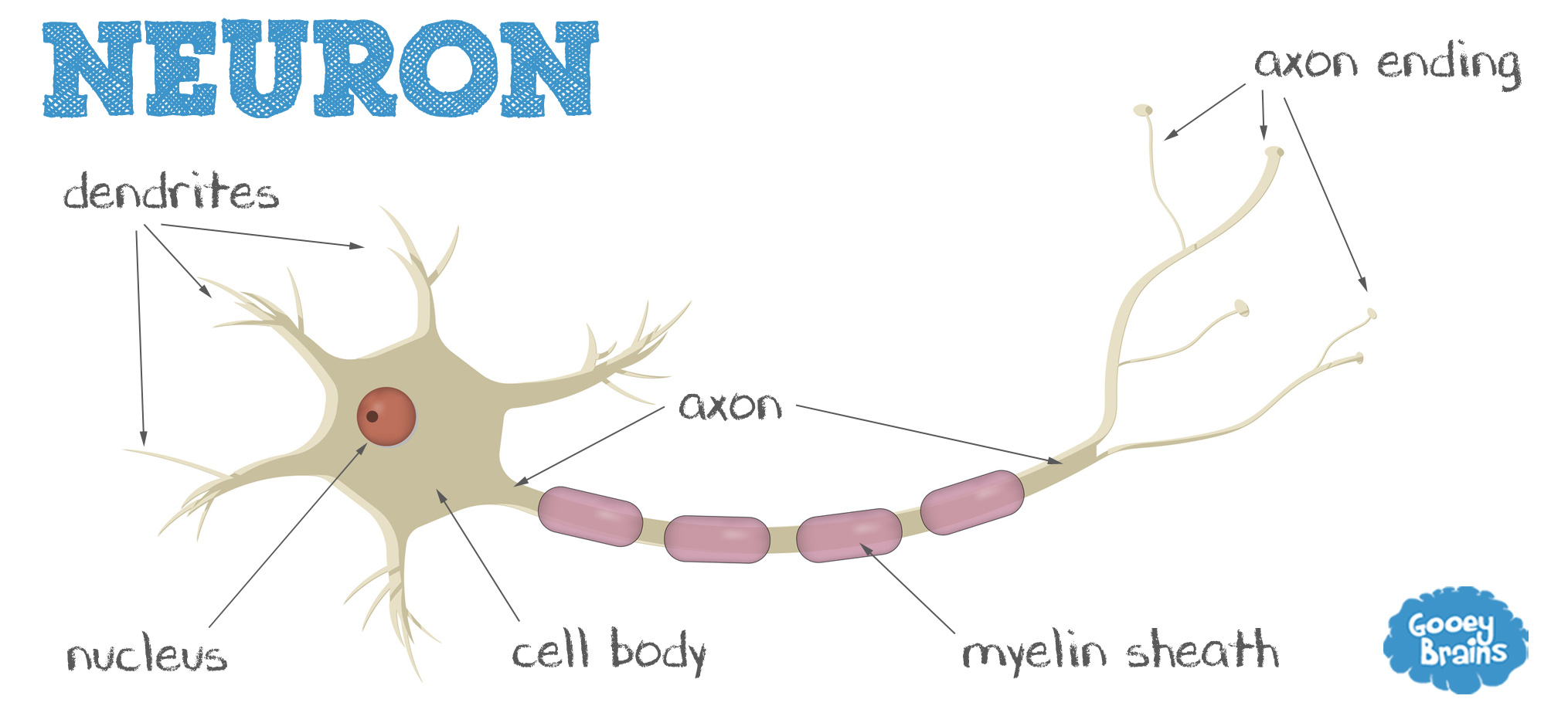

Nobody understands how the activity of our brains gives rise to thoughts – and it’s surprisingly difficult to define what a thought actually is – but it might go something like this. “Even if you have a neuron by itself in a dish with no other neurons, it wants to fire so badly that it will connect to itself in order to fire,” she says.Īt the moment, Lancaster’s brains aren’t thought to be able to think. She compares it to the heart cells which scientists coaxed to beat inside a petri dish back in 2013 while heart cells are programmed to “want” to pump, neurons “want” to fire. “It’s not very special but it does tell us that we are making functional neurons and that they are acting like neurons,” she says. The brains are constantly buzzing with electrical activity as neurons zap off signals to one another – though Lancaster says this isn’t much of an achievement on her part. “A fully developed, adult mouse brain only contains four million, so you can do a lot with that number,” she says. Three months later, the finished product is about four millimetres across and contains around two million neurons. Then all you have to do is sit back and wait. The jelly mimics the tissue a brain would normally be surrounded with in an embryo – like a makeshift skull – and encourages them to develop relatively normally. “It’s the opposite of normal jelly – it starts off as a liquid which you pour on and it jellifies as it warms up in the incubator,” she says. This means that if your diet is deficient in essential nutrients like lean meat, fruits and vegetables, fish and nuts, your neurons will fire abnormally, and your thoughts may not be at their best.Finally, the developing brains are enveloped in a blanket of jelly. Recent evidence suggests that nutritional deficiencies could alter your brain’s normal chemistry, which may impact your thought processes as well. Several nutrients contribute to brain function and chemicals. Monitoring a thought or an attitude will cause a change in the firing pattern of neurons, which eventually leads to a new behavior. This is interesting, as this means that shifting from negative to positive thoughts or trying to change an attitude is possible. This is why people tend to react the same way to similar situations: because neurons, which are part of the circuit responsible for this response, fire robustly. This means that if we are put in the same situation twice, the firing of our neurons is going to be similar and reinforced. A continuous pattern of neuronal firing reinforces the circuitry. Our external environment (such as home, relationships, media, etc.) leads to a pattern of neuron firing, which results in a thought process. One theory explains that thoughts are generated when neurons fire. More: American Ninja Warrior Junior contestant trains at Vestal home gym dad built More Ask a Scientist: Imagining the biggest number can lead to infinite possibilities More Ask a Scientist: Ducks quack for several different reasons, and not all of them do The electrical signals propagate like a wave to thousands of neurons, which leads to thought formation. Neurons release brain chemicals, known as neurotransmitters, which generate these electrical signals in neighboring neurons. It is estimated that the human brain has close to 100 billion neurons. The brain is primarily composed of neurons, which are cells that generate electrical impulses for communication.

However, exploring the brain may help in understanding the bigger picture. QUESTION: What is our brain made up of so that we can think?ĪNSWER: Although the science of brain cell communication is well-understood, the complexity of thought processes is not well-defined.


 0 kommentar(er)
0 kommentar(er)
